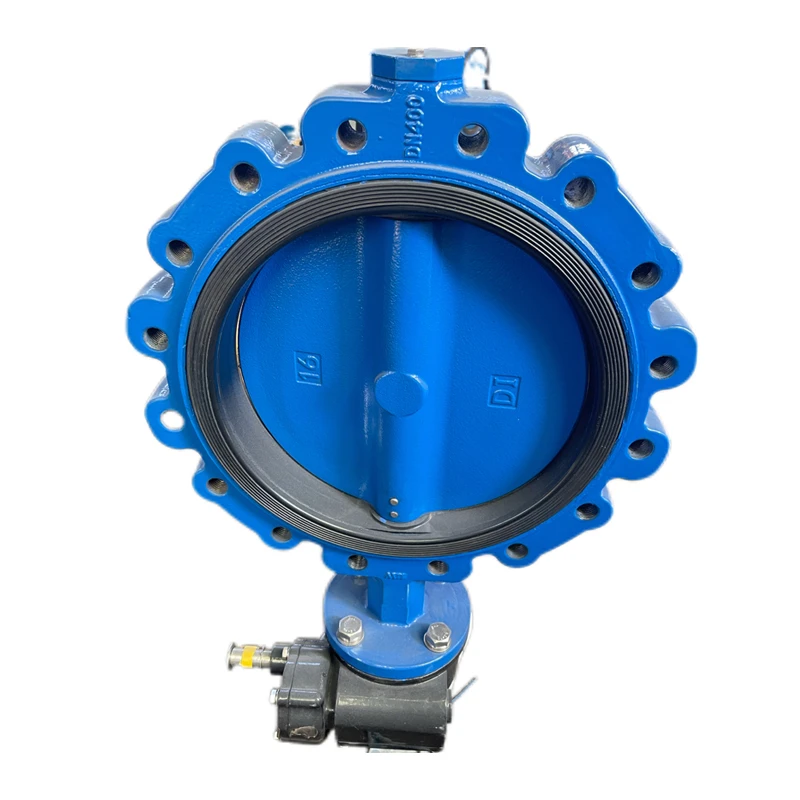Dec . 11, 2024 11:54 Back to list
rubber joint expansion
Understanding Rubber Joint Expansion A Comprehensive Overview
Rubber joint expansion, often referred to as expansion joints, is a critical element in various engineering and construction applications. These joints are designed to absorb movement—whether it be thermal expansion, contraction, or vibration—between different parts of a structure or a piping system. In this article, we will explore the significance, types, applications, and advantages of rubber joint expansion in both industrial and civil engineering.
What are Rubber Joint Expansions?
Rubber expansion joints are flexible connectors made primarily from elastomeric materials. They serve as flexible points in a system to facilitate movement while preventing damage from excessive stress. Constructed from natural or synthetic rubber, these joints are engineered to withstand specific environmental conditions, such as temperature fluctuations and pressure variations.
Importance of Rubber Joint Expansion
The necessity for rubber joint expansion arises from the natural properties of materials, especially in piping and structural systems. As temperatures rise or fall, materials tend to expand and contract. Without proper allowances for this movement, rigidity can lead to potential failures, leaks, or structural damage. Rubber expansion joints effectively accommodate these movements, reducing strain on adjoining systems and maintaining the integrity of the infrastructure.
Types of Rubber Expansion Joints
There are several types of rubber joint expansions, each suited for specific applications
1. Straight Rubber Expansion Joints These are the most common type, used in straight runs of pipe to absorb dimensional changes due to thermal effects.
2. Lateral Expansion Joints Designed to accommodate lateral motion, these joints allow for horizontal movement, which is particularly useful in systems requiring flexibility in multiple directions.
3. Angular Expansion Joints These joints are specifically designed to handle angular misalignments, offering flexibility when structures meet at various angles.
4. Universal Expansion Joints Comprised of multiple flexible elements, universal joints are versatile and can absorb movement in multiple dimensions—useful in complex piping systems.
5. Bellow Expansion Joints Typically used in high-pressure applications, these joints provide flexibility while maintaining excellent pressure tolerances.
Applications of Rubber Joint Expansion
Rubber joint expansions are used in various industries, including
rubber joint expansion

- Water Supply and Distribution Systems They help manage the thermal expansions in pipes, minimizing the risk of burst pipes or leaks.
- HVAC Systems In heating, ventilation, and air conditioning systems, rubber joints absorb vibrations and thermal expansions, ensuring smooth operation
.- Industrial Manufacturing Many manufacturing processes generate heat or have moving components; rubber joint expansions help maintain system integrity under such conditions.
- Transportation Infrastructure Bridges and roadways utilize rubber expansion joints to accommodate movement due to temperature changes, ensuring durability and safety.
- Marine Applications In marine environments, where conditions can be extreme, rubber expansion joints prevent damage from saltwater and harsh conditions.
Advantages of Rubber Joint Expansion
The use of rubber joint expansions offers numerous benefits
- Flexibility These joints can accommodate significant movements, protecting other components from damage.
- Vibration Dampening They effectively reduce the transmission of vibrations, which can be crucial in sensitive environments.
- Corrosion Resistance Various elastomers can be chosen based on environmental conditions, providing resistance to corrosive agents.
- Cost-Effectiveness By preventing damage and failures, rubber expansion joints can lead to significant savings in repair and maintenance costs.
- Ease of Installation Often lightweight and easy to install, rubber joint expansions reduce labor costs during construction or repairs.
Conclusion
In conclusion, rubber joint expansion is an essential component of modern engineering, facilitating the longevity and operation of various systems. With various types available to suit specific needs, these joints play a pivotal role in infrastructure and industrial applications alike. Understanding their function and advantages can lead to more robust designs and enhanced safety in construction and manufacturing processes. As we advance technologically, the importance of such flexible solutions will only continue to grow, elevating their significance in sustainable engineering practices.
Share
-
Reliable Wafer Type Butterfly Valves for Every IndustryNewsJul.25,2025
-
Reliable Flow Control Begins with the Right Ball Check ValveNewsJul.25,2025
-
Precision Flow Control Starts with Quality ValvesNewsJul.25,2025
-
Industrial Flow Control ReliabilityNewsJul.25,2025
-
Engineered for Efficiency Gate Valves That Power Industrial PerformanceNewsJul.25,2025
-
Empowering Infrastructure Through Quality ManufacturingNewsJul.25,2025


